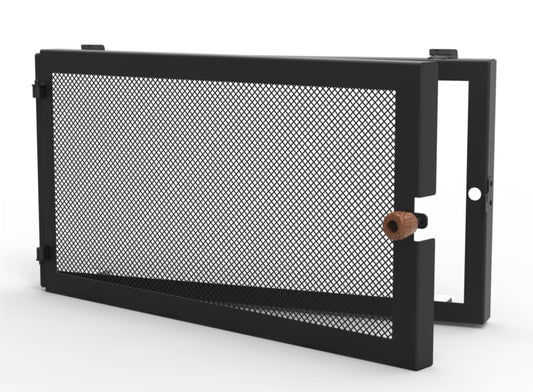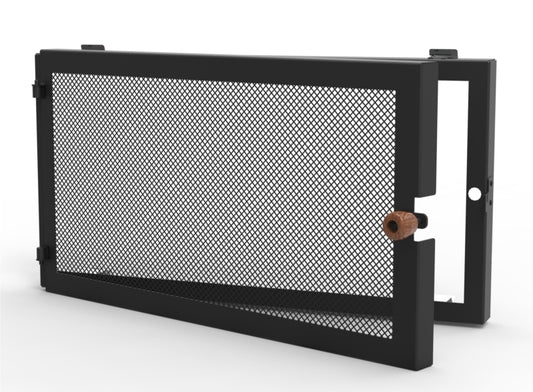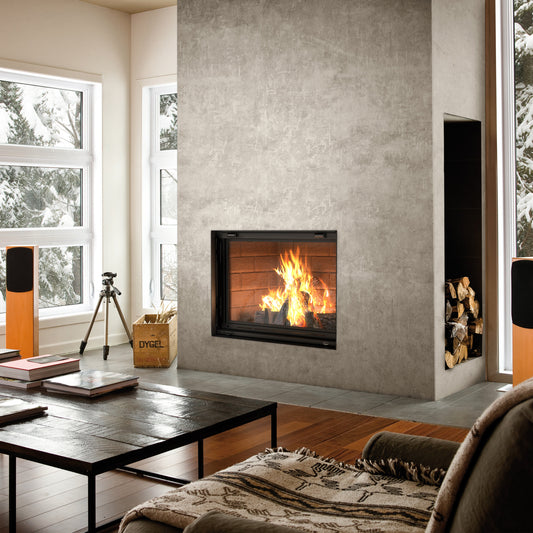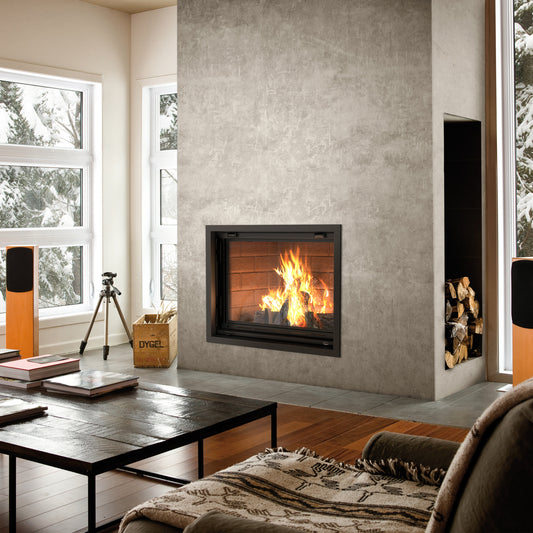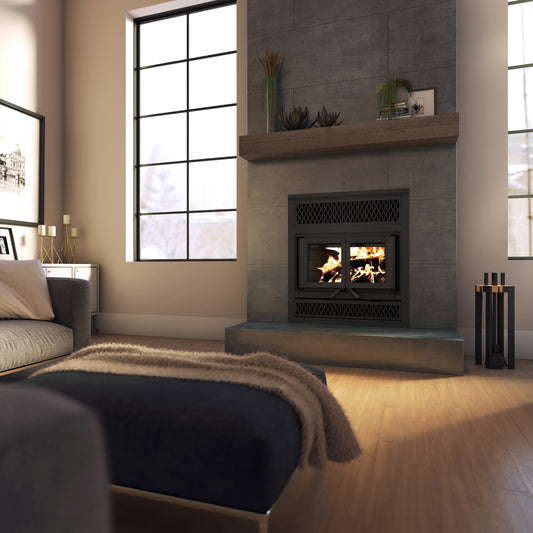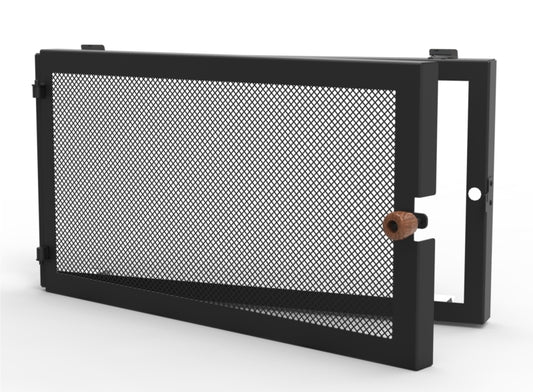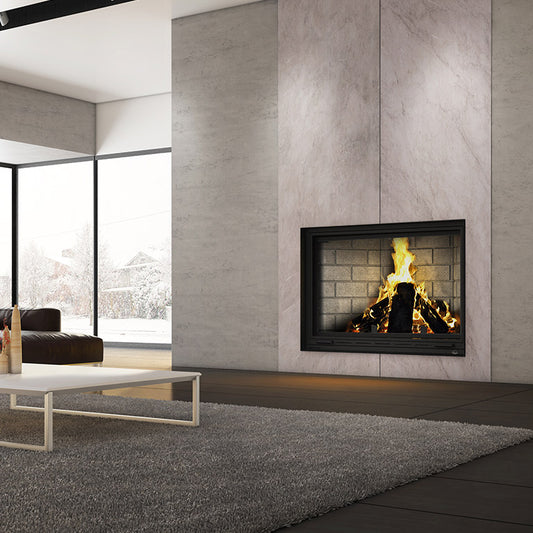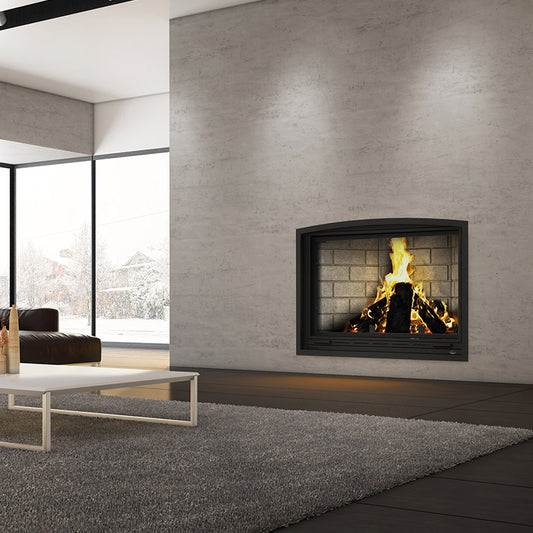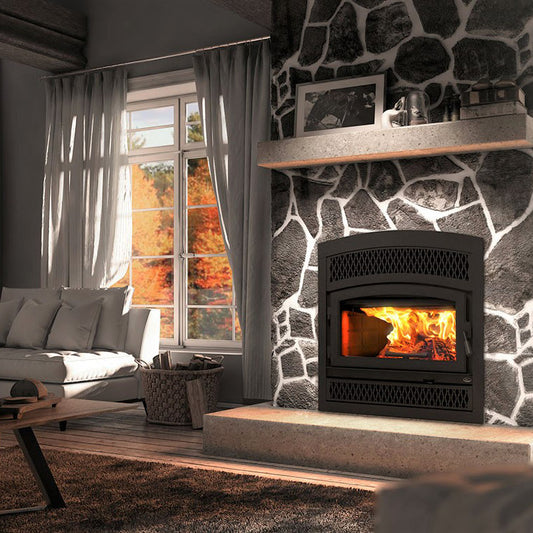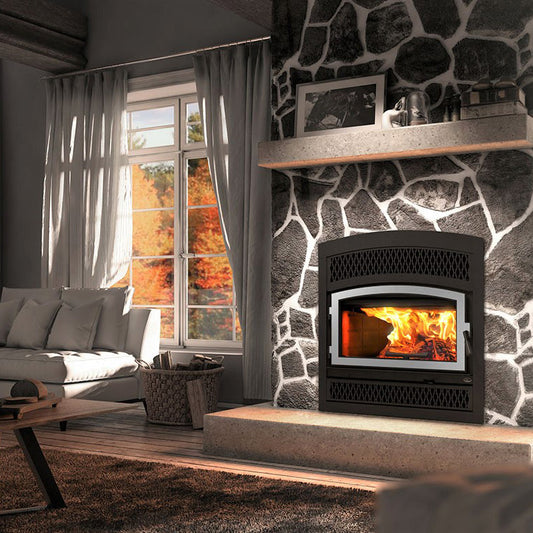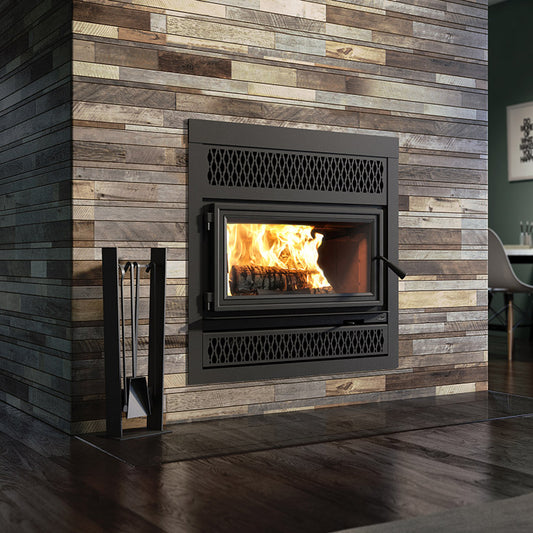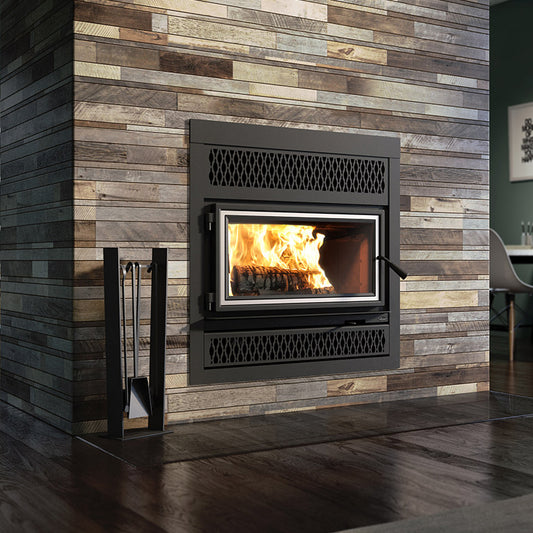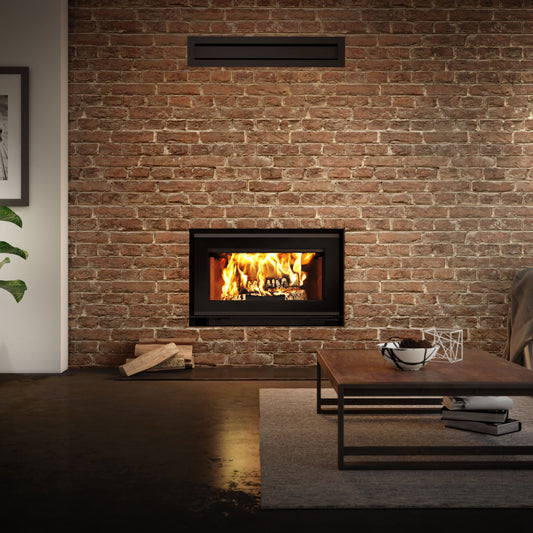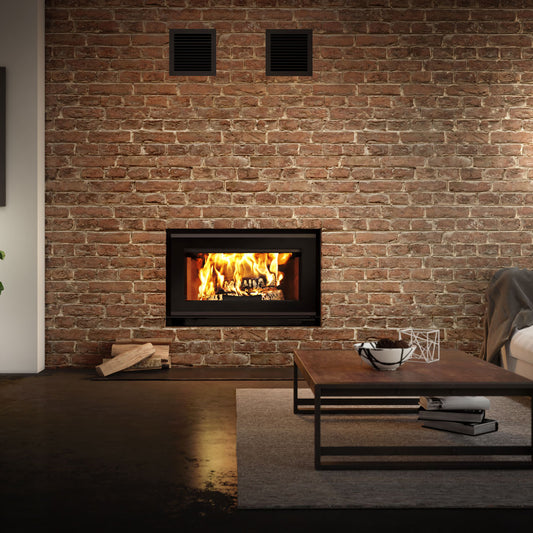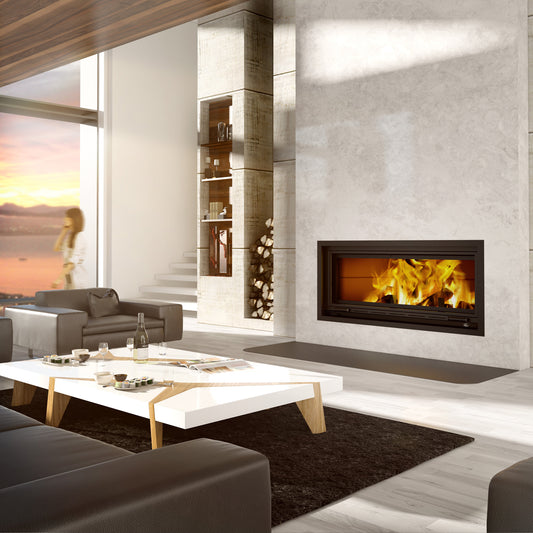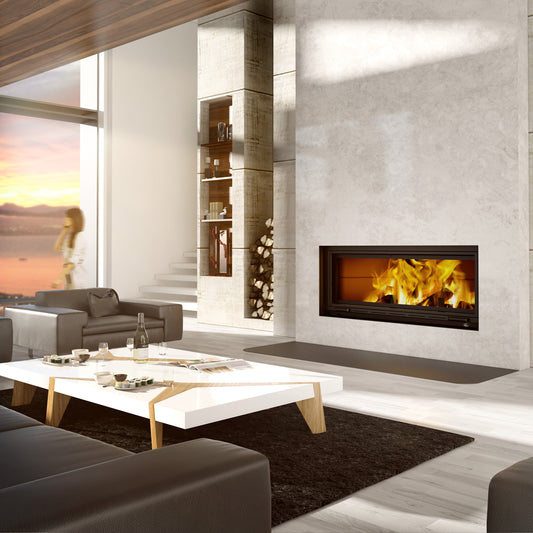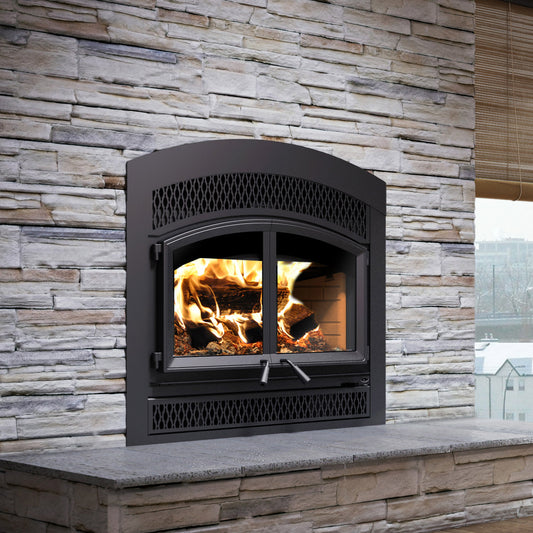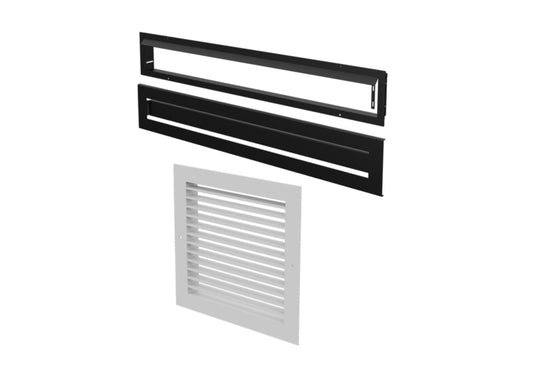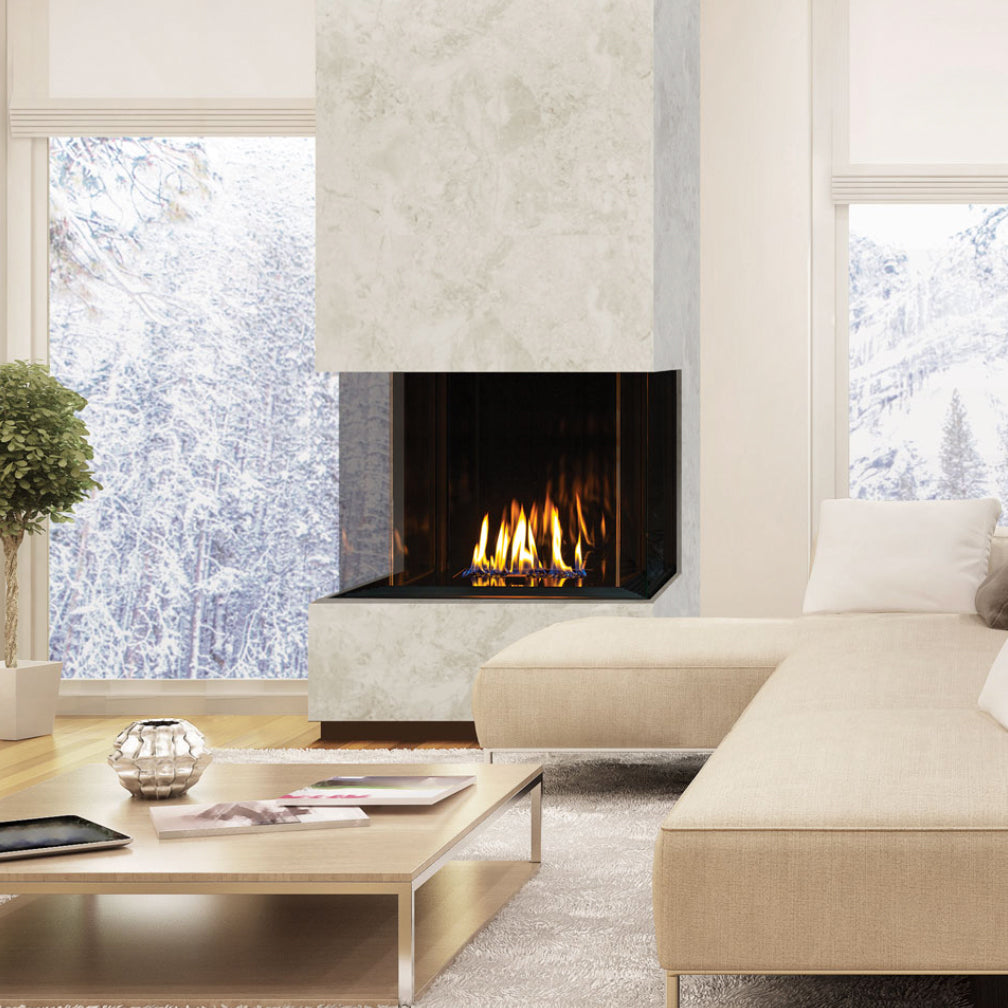Unparalleled Craftsmanship
Welcome to the world of luxury and warmth, brought to you by Valcourt Wood Fireplaces. These elegant, high-quality fireplaces transform your living space, providing both comfort and a visually stunning centerpiece for your home. Experience our unique blend of impeccable craftsmanship, exceptional warmth, and eco-conscious design. Make every evening special. Go explore the Valcourt range.
-
Dallaire - Firescreen door
Vendor:ValcourtRegular price $275.00 CADRegular priceUnit price per -
Lafayette II - Firescreen door
Vendor:ValcourtRegular price $345.00 CADRegular priceUnit price per -
Lafayette IIS - Firescreen door
Vendor:ValcourtRegular price $345.00 CADRegular priceUnit price per -
Valcourt Antoinette Guillotine Door Wood Fireplace
Vendor:ValcourtRegular price From $8,253.00 CADRegular priceUnit price per -
Valcourt Dallaire Zero Clearance Wood Fireplace
Vendor:ValcourtRegular price From $6,534.00 CADRegular priceUnit price per -
Valcourt Firescreen - Mundo 2
Vendor:ValcourtRegular price $345.00 CADRegular priceUnit price per -
Valcourt Frontenac Guillotine Door Wood Fireplace
Vendor:ValcourtRegular price From $11,789.00 CADRegular priceUnit price per -
Valcourt Lafayette II Zero Clearance Wood Fireplace
Vendor:ValcourtRegular price From $6,059.00 CADRegular priceUnit price per -
Valcourt Lafayette IIS Zero Clearance Wood Fireplace
Vendor:ValcourtRegular price From $6,004.00 CADRegular priceUnit price per -
Valcourt Mundo II Zero Clearance Wood Fireplace
Vendor:ValcourtRegular price From $5,359.00 CADRegular priceUnit price per -
Valcourt St-Laurent Linear Wood Fireplace w/ moulded brick panels
Vendor:ValcourtRegular price From $10,613.00 CADRegular priceUnit price per -
Valcourt Waterloo Arched Faceplate Zero Clearance Wood Fireplace w/ moulded brick panels
Vendor:ValcourtRegular price From $8,219.00 CADRegular priceUnit price per -
Valcourt Waterloo Zero Clearance Wood Fireplace w/ black crown faceplate & moulded brick panels
Vendor:ValcourtRegular price $7,929.00 CADRegular priceUnit price per -
Waterloo starting - Warm air modern circulation grill
Vendor:ValcourtRegular price $375.00 CADRegular priceUnit price per
Valcourt Fireplace FAQs
All your fireplace questions answered.
Explore other brands
-

Blaze King fan kit
Blaze King offers the ultimate fireplace experience for wood burning enthusiasts. Efficient and Eco-Friendly wood heating...

